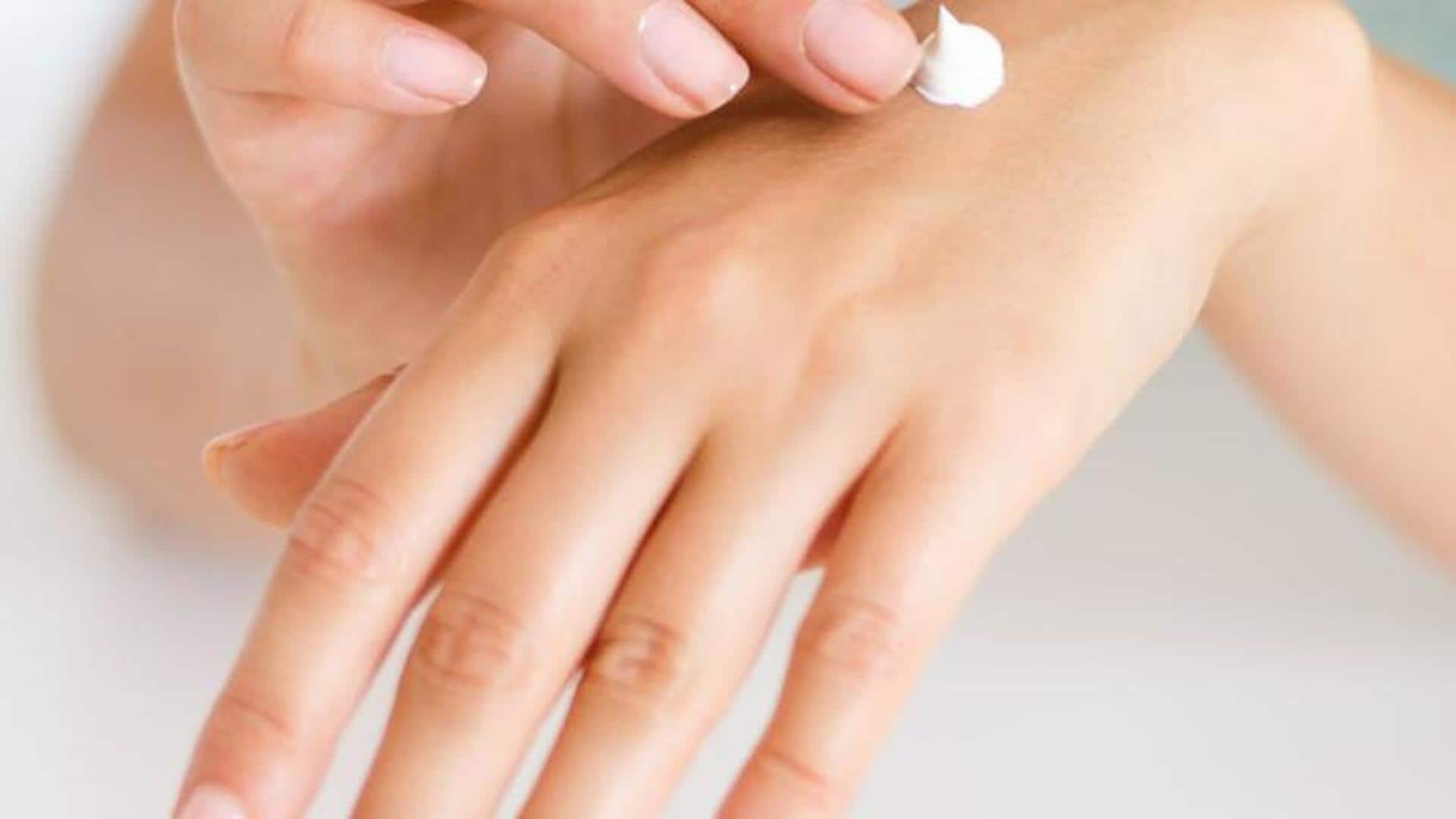
DIY natural sunscreen for every skin type
What's the story
Creating your own natural sunscreen is not only cost-effective but also ensures that the product is tailored to your skin's needs. With the increasing concerns about harmful chemicals in store-bought sunscreens, going DIY route is the perfect way to ensure safety and effectiveness. This blog post provides easy-to-follow recipes and tips for making homemade sunscreen with ingredients you probably already have at home.
Base selection
Choosing the right base ingredients
The base you choose for your DIY sunscreen will significantly impact its texture and effectiveness. Coconut oil, shea butter, and almond oil are ideal due to their natural SPF properties. Coconut oil offers an SPF of approximately 4-5%, serving as a solid foundation. Shea butter contributes additional moisture without clogging pores, and almond oil further enhances the formula with an SPF of around 5% and deep skin nourishment.
SPF boosters
Incorporating natural SPF boosters
To boost the sun protection factor (SPF) of your DIY sunscreen, you need to include ingredients such as zinc oxide or titanium dioxide. These minerals act as natural reflectors of UV rays. For a simple recipe, adding 20% zinc oxide to your base would offer substantial protection. Make sure to buy non-nano zinc oxide to prevent absorption into the skin.
Antioxidants
Adding antioxidant protection
Antioxidants enhance your sunscreen's effectiveness by combating free radicals produced by UV exposure. Easily incorporate green tea extract or vitamin E oil into your base ingredients for additional benefits. One teaspoon of vitamin E oil per cup of base mixture provides antioxidant defense and prolongs the shelf life of your sunscreen.
Essential oils
Essential oils for scent and skin health
Although essential oils need to be used sparingly because of their high concentration, adding a couple of drops to your bath can offer therapeutic benefits and lovely fragrances. If you have sensitive skin, stick to gentler oils like lavender or chamomile, which also have calming properties. Steer clear of citrus oils though, as they can make your skin more sensitive to the sun.
Testing
Testing and adjusting your sunscreen
Before slathering your homemade sunscreen all over, make sure to test it on a small patch of skin first. This will confirm it's suitable for your skin type and let you tweak the consistency or SPF level if necessary. Keep in mind that while DIY sunscreens are great, they need to be reapplied often, particularly after swimming or sweating.